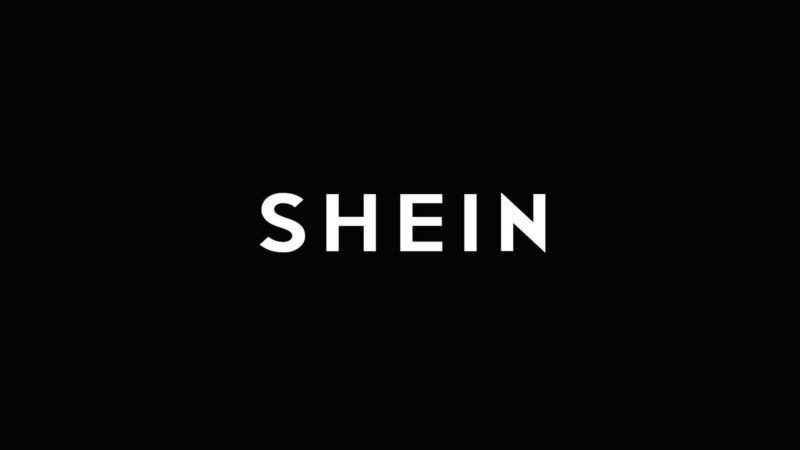In the world of online shopping, cash back offers are a fantastic way to make your purchases a little lighter on the wallet. At SHEIN, shoppers can not only enjoy trendy apparel at affordable prices but can also earn money back on their purchases. While traditional discounts and coupon codes certainly have their appeal, cash back takes saving to another level by letting you earn a percentage of your spending back, often for simply shopping through specific platforms. This means that you can treat yourself to that fabulous outfit and still save a little for your next shopping spree!
SHEIN is a global online fashion retailer that offers a vast selection of clothing for women, men, and kids, along with accessories and home decor items. With its eye-catching styles and budget-friendly price tags, SHEIN has quickly become a favorite for fashion-forward shoppers who want to stay in touch with the latest trends. The platform regularly features new arrivals, seasonal collections, and special promotions, making it a go-to destination for those looking for great deals on stylish threads. Beyond their extensive catalog of affordable fashion, SHEIN also provides a refreshing shopping experience through their user-friendly website and mobile app, where you can easily browse, shop, and find the perfect items—all without spending a fortune.
To make your shopping even sweeter, you can earn cash back when you shop at SHEIN through various cashback platforms. One popular option is Rakuten, which allows you to earn a percentage of your purchase back when you shop through their site. Simply create an account, find SHEIN in their list of partner retailers, and click through to start shopping. Once you complete your purchase, the cash back will be credited to your Rakuten account. This is a fantastic way to maximize your savings—while you’ll still be on the lookout for discount deals and coupon codes, the thrill of cash back ensures you’re rewarded for your shopping efforts in a way that traditional savings simply can’t match.
Q&A
**Q&A: Unveiling SHEIN – The Fast-Fashion Giant**
**Q1: What is SHEIN and how did it start?**
**A1:** SHEIN is a global online fashion retailer known for its trendy and affordable clothing, primarily targeting young women. It originated in Nanjing, China, in 2008, initially focusing on women’s apparel before expanding to include men’s and children’s clothing, accessories, and home goods. Its rise to prominence can be traced to its ability to quickly adapt to changing fashion trends and consumer demands, harnessing the power of social media to build a loyal customer base.
—
**Q2: What sets SHEIN apart from other fast-fashion brands?**
**A2:** SHEIN distinguishes itself through its vast inventory and rapid product turnover. The brand adds thousands of new items every week, often inspired by current trends and pop culture. Its business model leans heavily on data analytics to gauge customer preferences, enabling it to launch new designs almost in real-time. Additionally, SHEIN’s aggressive marketing strategies, particularly through influencer partnerships and social media campaigns, have contributed to its broad appeal.
—
**Q3: How does SHEIN maintain such low prices?**
**A3:** SHEIN keeps its prices low by optimizing its supply chain and utilizing direct-to-consumer sales. By cutting out intermediaries and leveraging economies of scale, the retailer reduces production costs. It also operates with a lean inventory model, enabling it to minimize excess stock and markdowns. However, this cost-cutting approach has raised questions about ethical manufacturing practices and sustainability.
—
**Q4: What are the criticisms associated with SHEIN?**
**A4:** SHEIN faces scrutiny regarding its environmental impact, labor practices, and contribution to the fast-fashion cycle, which encourages overconsumption and waste. Critics argue that the brand’s emphasis on rapid production leads to poor-quality garments and can foster a disposable mindset among consumers. Additionally, reports of exploitative labor conditions in supplier factories have raised ethical concerns about its business practices.
—
**Q5: How does SHEIN respond to sustainability concerns?**
**A5:** In response to growing criticism, SHEIN has taken steps toward sustainability by launching initiatives like “SHEIN Cares.” This program aims to improve transparency in its supply chain, promote eco-friendly materials, and implement recycling initiatives. While these efforts are a step in the right direction, many argue that genuine change requires a more systemic overhaul of its business practices.
—
**Q6: What is SHEIN’s future direction in the fashion industry?**
**A6:** SHEIN’s future trajectory seems focused on maintaining its market dominance while addressing sustainability and ethical concerns. The company has begun exploring collaborations with eco-conscious designers and investing in technology that enhances its ability to produce responsibly. Moreover, as it expands into new global markets, balancing growth with corporate social responsibility will be crucial for its reputation and longevity.
—
**Q7: How can consumers make informed choices when shopping at SHEIN?**
**A7:** Consumers looking to shop at SHEIN while minimizing their environmental footprint can adopt a few practices: opt for timeless pieces that can be worn across seasons rather than fleeting trends, limit impulse purchases by creating wishlists, and educate themselves about clothing care to prolong garment life. Additionally, supporting second-hand platforms or thrifted alternatives can complement their fast-fashion purchases, contributing to a more sustainable wardrobe overall.
—
**Conclusion:** As SHEIN continues to evolve in the fast-fashion landscape, its impact on consumer behavior, industry standards, and sustainability efforts will be a focal point worth following.


